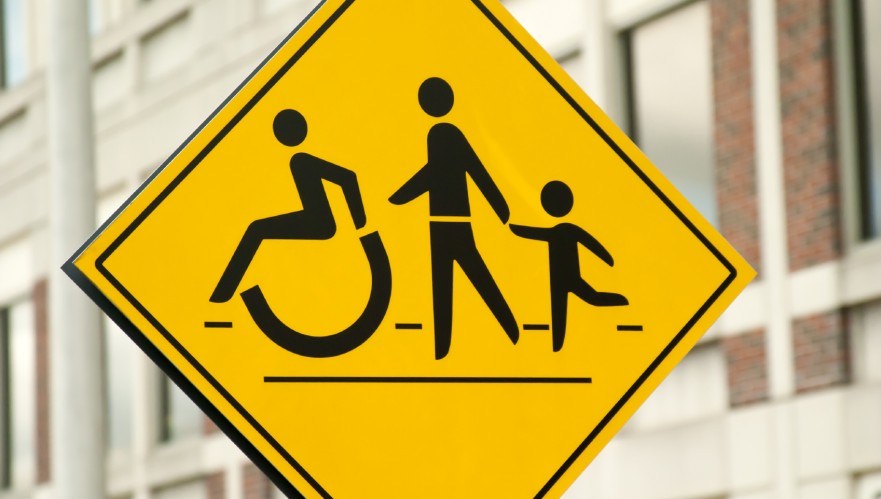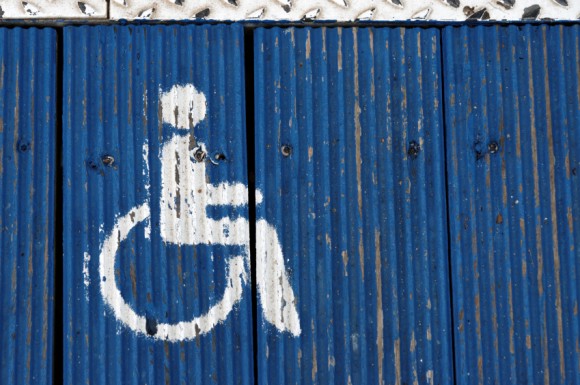Teaching Compassion for Disability
An Interview with Bettie B. Youngs
When around the disabled, children can get nervous, ask uncomfortable questions, and just plain gawk. My family has been lucky to befriend disabled people thanks to mainstreaming in our schools and family members with severe illnesses. I’ve experienced how important it is for my kids—and their classmates and friends—to see beyond the disability to the person. Dr. Bettie B. Youngs agrees, and offers us tools to ensure our kids are compassionate towards people living with disabilities. — Amy Heinz, Using Our Words, TMC Contributor
How can we teach our kids not to be intimidated by people who are different?
Interestingly, it all starts with us responding to our children’s questions and needs by being as honest as possible—in age-appropriate language. It starts by teaching the simple boundaries of “Yes, you can,” or “No, you can’t.” Hearing yes and no from people they love—and feel safe and protected by—teaches kids that they, too, can be forthright. This approach encourages honesty in feelings, in reactions, and in acceptance of self and others.
What tools can we give our kids to be compassionate towards kids who are disabled?
The tool of empathy, of course, but more than anything, we can give our kids tools to be helpful. If a child learns to open a door because someone has his or her hands full, or readily understands that it is best and right to give up a seat, let the other person go first, etc., then he learns courtesy and helpfulness. This way, when a disabled person needs a hand, the child isn’t afraid or intimidated to do so, he simply does. And when he helps in this vein, the person being assisted is left with the feeling of acceptance, too. He is not helped because he is “different,” but rather, because people treat one another fairly and with kindness.
How can we teach our kids to see past differences of kids with disabilities to discover the similarities?
We do this when we teach our children to genuinely believe that there is no such thing as a “mediocre soul”—that we are all here to find our way. We must teach our kids that the goal of each person is to find her talents. We are each in the process of becoming who we are and who we will become. This is not too big of a concept for even young children. When a child has a puppy, we don’t teach her to give him away because he doesn’t know how to come when we call, or because he’s a messy eater. We teach the child that the puppy is not yet big, but is “in process”—to being, having, getting, doing. Using this logic, when it comes to interacting with people, we teach a child to offer a smile—the universal language of friendship and acceptance. That smile can be the beginning of a friendship based on similarity.
How can we teach our kids to help people in need?
The goal is to teach kids that it is our honor, as much as it is our obligation, to help others.
When kids are around a disabled person, they sometimes ask questions within earshot of the person, about their condition. What kind of language should parents use to answer?
In these times, you have to be as sensitive to the other person as to your child. You have a chance to teach children from a very early age about the various reasons someone has extreme differences due to a disability.
If they ask a pointed question about a person’s disability, it doesn’t need to be addressed in front of the person coping with health issues. It does, however, signal that your child is ready to expand his horizons about wanting to know the differences between people. And when you’re in a different setting, you can have an honest conversation with your child and answer his questions.
In the moment, it’s enough to say, “Should we hold the door for him?” Or, if you think you can get a response from the disabled person, say hello and make small talk. If the person isn’t capable of responding, make a statement to them, “What a nice smile you have.” Or, “That’s a beautiful shirt you have on.” The goal here is to show the child that you are engaging in friendship with the other person. This removes the child’s fear or feeling that the other person is “odd”.
And then, teach, teach, teach your children why others are different and what we can each do—including the child—to show we accept others. It’s important to be friendly and helpful…to everybody.
One thing is clear, it’s never too early to teach about differences; it’s never too early to teach your children acceptance and helpfulness.
Dr. Bettie B. Youngs, Ph.D., Ed.D., is the critically acclaimed author of 36 books translated into 28 languages. Dr. Youngs is a former Teacher-of-the-Year, and University Professor. Widely considered an expert with a pulse on social issues, she is a frequent guest on television and radio talk shows, including The Today Show, NBC Nightly News, CNN, Oprah, Good Morning America. Time, U.S. News & World Report, USA Today, The Washington Post, New York Post, Redbook, Newsday and Working Woman have all recognized her work. Bettie is the recipient of numerous publishing awards, including having an Imprint bearing her name.
The Mother Company aims to support parents and their children, providing thought-provoking web content and products based in social and emotional learning for children ages 3-6. Check out episodes of our “Ruby’s Studio” children’s video series, along with our beautiful children’s books, apps, music, handmade dolls, and more.
This article was originally posted in January 2013.
Posted in: Communication, Expert Advice, Special Needs
